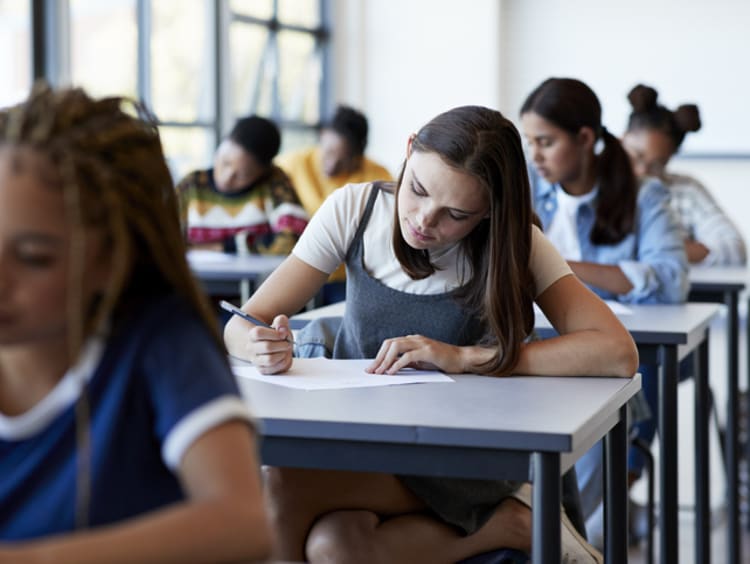Teaching Tuesday: Can a Data Driven Environment and Student Engagement Coexist?

Imagine you’re a 3rd grade teacher working with a student on her reading comprehension. This student has struggled in the past with decoding and thus her comprehension has suffered. This week, she seems to have a newborn confidence. So, how do teachers encourage this confidence while in a data driven environment?
Empowerment and Ownership
When a student demonstrates confidence and determination toward learning, we as teachers experience great pride, and sometimes relief. But how did the student get motivated? What role do we play in activating student empowerment?
When a student can see visible progress, they’ll continue to stay motivated to learn and grow. When we engage students in dialogue around data and discuss their personal goals, students feel empowered in their learning. The impact of this means their confidence grows and a stronger bond is created between teacher and student.
It's no secret that schools are becoming wiser in collecting and analyzing data to make educated decisions that help each student succeed in meeting the standards. However, we cannot sacrifice student voice at the expense of meeting our objectives. Students must be included in this process, because when they are, they feel part of the team. With this, learning and growing becomes individualized. No one is left out because each student is taking responsibility for their own learning, which is an exciting thought!
Goal Setting
Students must know their individual goals. We can help students create a user-friendly chart to track progress on their individual goal to keep them motivated. Once the assessment is given, they can then set aside a time each week for inputting scores and plotting on the chart. It must become the culture of the classroom to assess, analyze, reflect and take action on what is next.
Action
What can students do to improve? They need to have created an action-based plan that always states what steps to take. With test in hand, they can look at what they missed on the assessment, analyze why they missed it and then work on that particular skill, whether it be in a small group, individually or with a teacher/tutor.
Reflection
Reflection should be a part of a daily routine in the classroom. Students should reflect on their own goals a bit each day. It could be behavioral or content focus. Within this practice, there should be a place for the student to write about how they are accomplishing their goal. If students are given an opportunity to see what was done well, what could be done better and how can they improve, they become part of the learning process through true ownership.
As the story about the 3rd grader illustrates, utilizing data with students can create ownership and thus confidence in the learner. This translates into an engaged classroom filled with reflective students. Engagement means a thriving classroom with high impact learning!
Want more? Check out all of the articles from Teaching Tuesday and return each week for a new post. Learn more about Grand Canyon University’s College of Education and our degree programs and join in our efforts to elevate the education profession.
The views and opinions expressed in this article are those of the author’s and do not necessarily reflect the official policy or position of Grand Canyon University. Any sources cited were accurate as of the publish date.


